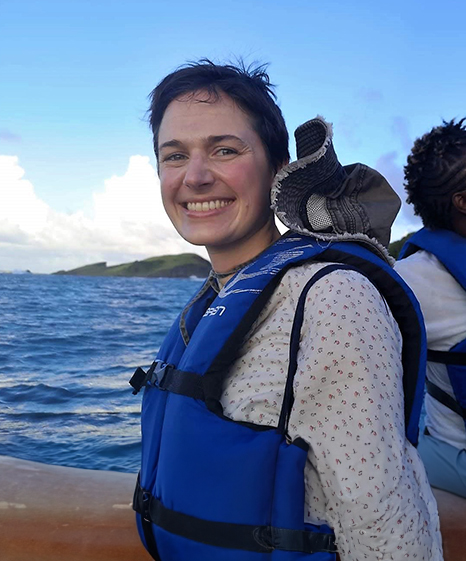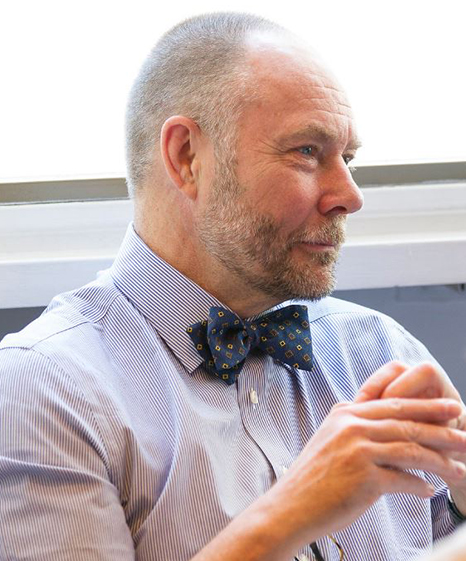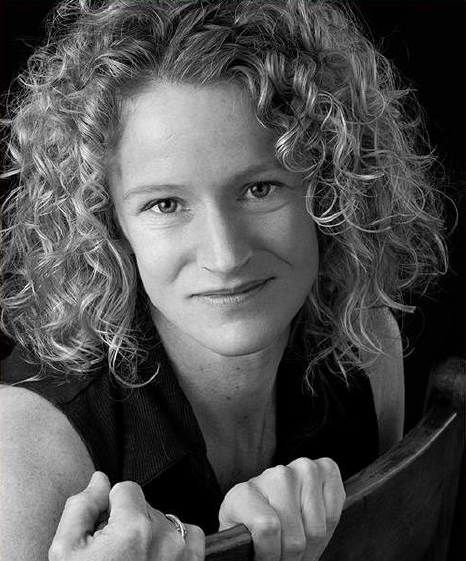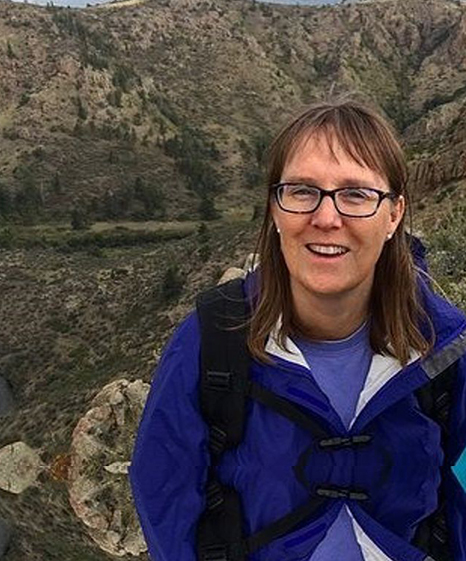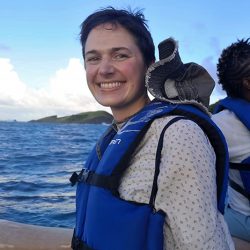Photo Credit: James Wheeler
About Conservation Measures Partnership (CMP)
The Conservation Measures Partnership (CMP) is a global community of NGOs, government agencies, and private businesses working together to design, manage, and measure conservation action. Guided by the Conservation Standards, CMP members collaborate to share knowledge, adopt best practices, and avoid ineffective approaches—ultimately enhancing conservation efficiency and innovation worldwide.
Our story began in 2002 at a pivotal meeting during the Society for Conservation Biology conference, where conservation leaders from organizations such as USAID’s Global Conservation Program, The Nature Conservancy, and WWF-US recognized the need for a unified approach to monitoring and evaluation. This meeting spurred a collective commitment to better measure conservation success, leading to the establishment of CMP and the development of the Conservation Standards. These standards have continued to evolve, now at Version 4.0, helping conservation practitioners worldwide to build more effective and impactful strategies.
Through collaboration, our members contribute to a shared pool of expertise, transforming individual experiences into collective insights. CMP’s ongoing focus on monitoring and evaluation fosters continuous innovation, making our partnership a catalyst for advancing conservation efforts globally.
Our Mission
The Conservation Measures Partnership (CMP) is a community of conservation-oriented NGOs, government agencies, funders, and private businesses that work collectively to guide conservation around the world. As stewards of the Conservation Standards, we seek better ways to design, manage, and measure the impacts of conservation action.
Our Vision
Conservation impacts around the world are amplified as teams use evidence, measure effectiveness, and openly share lessons with the conservation community.
Our strategic plan: Miradi Share version (regularly updated) and 2017-2022 Draft Document (v. January 2020, updated annually)
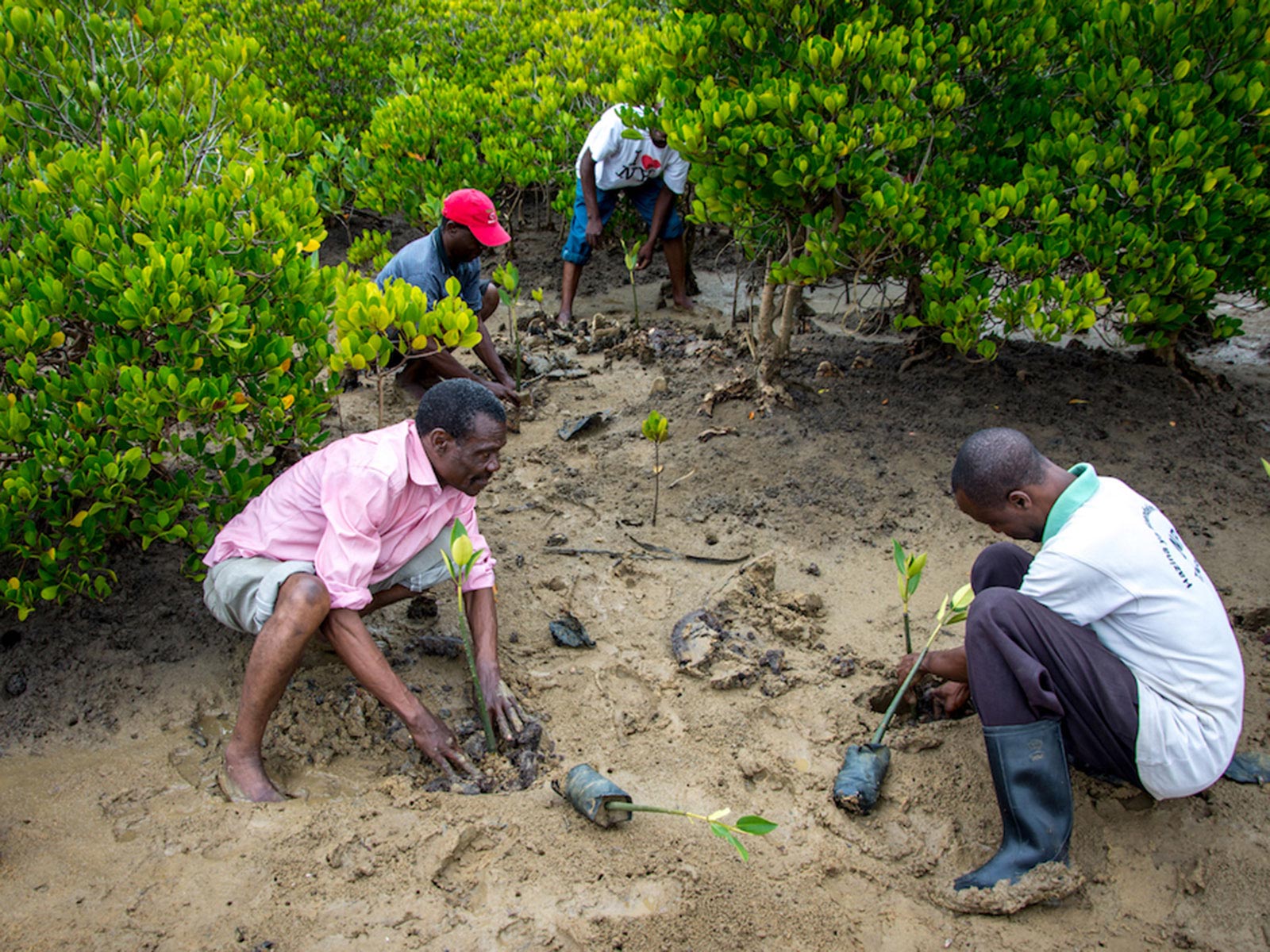
Photo Credit: Felix Cybulla
How We Operate
CMP was set up by its founding partners as a community of practice. Its operations are built on the Collective Impact Model, which recognizes that more can be achieved by working together. The Collective Impact Model defines key criteria for success, one of which is the need for a coordinating organization to administer and facilitate the effort.
This appointed coordinator–currently Foundations of Success–serves as CMP’s legal and fiscal sponsor, while CMP operates as an informal association governed by an elected Board. Such an arrangement gives CMP a flexible structure to conduct business cost-effectively.
Governance of CMP’s operations is defined in our Charter, which we review and update periodically.
CMP Board
CMP is governed by a Board elected from and by the membership. The Board is comprised of five to twelve CMP members. No institution can hold more than one seat on the Board. To the extent possible, the Board should represent the major CMP constituencies.
Support CMP
CMP is a partnership of conservation-oriented NGOs, government agencies, and funders that works collectively to achieve greater impact. We seek better ways to design, manage, and measure the impacts of our conservation actions so that we can learn and improve our efforts and contribute our learning to the broader evidence base.
Photo Credit: Jason Houston for USAID
Download CS
The Conservation Standards is the product of inputs, field tests, and discussions among members of the Conservation Measures Partnership (CMP), which has final editorial authority over the Conservation Standards. Substantial input was also provided by members of the Conservation Coaches Network (CCNet) and other CMP partners.
Photo Credit: Felix Cybulla
Our Collaborators
Every organization, agency, project, and individual has its own preferred set of terms. There is no right answer – the most important thing is that the members of your project team and the people with whom you work have a clear and common understanding of whatever terms you choose to use.
Photo Credit: Chris Scarffe
Contact CMP
To inquire about supporting The Conservation Measures Partnership (CMP) or for general inquiries, please contact us at CMPinfo@ConservationMeasures.org
Photo Credit: Felix Cybulla



